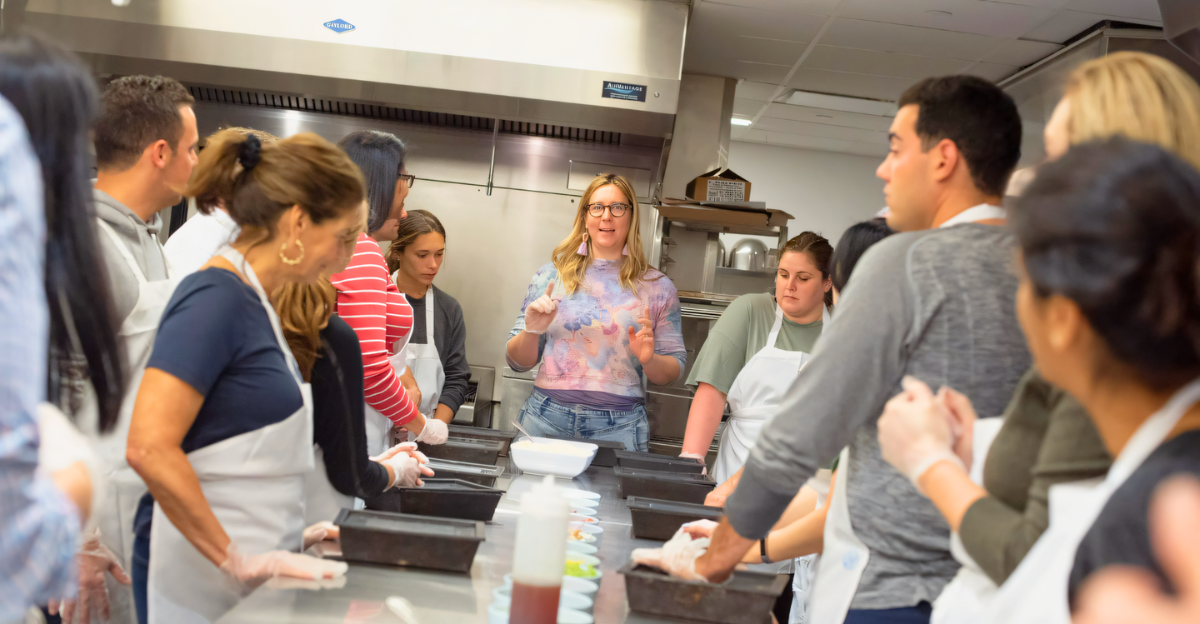
Almost everyone loves a good buffet. There’s variety, no limits on how much you can put on your plate, and you can skip queues and wait times.
But, going to a buffet can get overwhelming, and some people may want to put a little bit of everything on their plates, but that isn’t the best idea.
Some items on those buffet trays may look appealing, but they can also be unappetizing and pose safety and quality concerns.
NYC-based chef Matthew Green said: “Buffets are a logistical nightmare. They require food to stay presentable for hours, and that creates quality and safety issues.”
Here are 10 items that might be worth leaving OFF your plate.
10. Scrambled Eggs
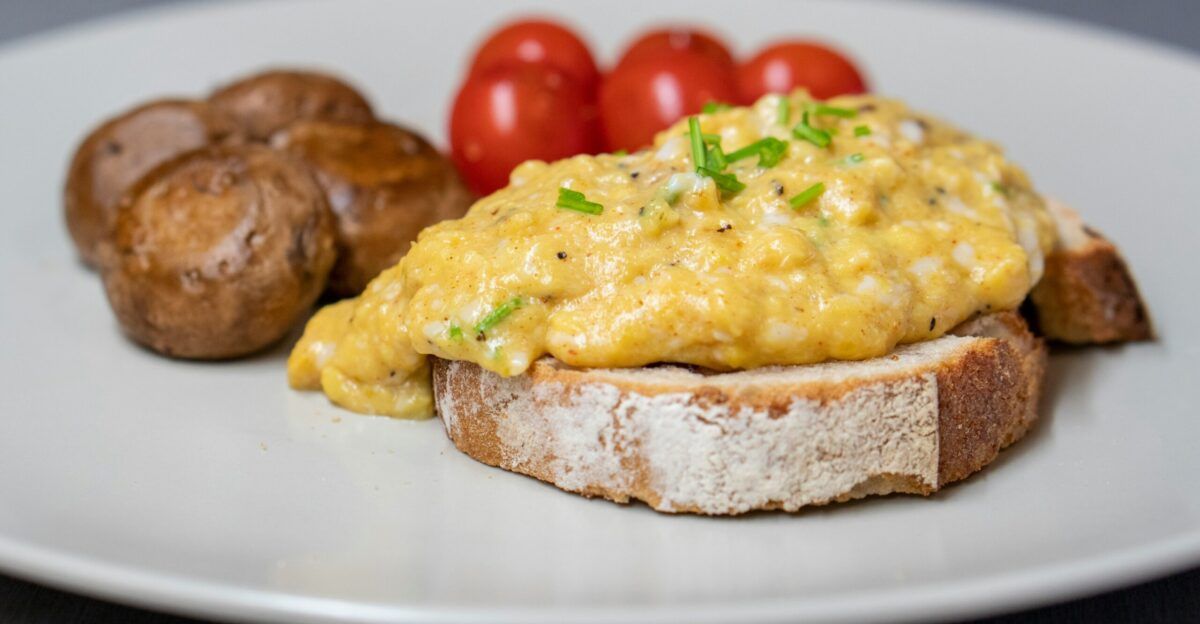
Industry experts have flagged this breakfast favorite as something to avoid on the buffet line-up.
Chefs claim that buffet scrambled eggs are frequently made using a powdered egg mix, are often overcooked, and are left to sit out in steam trays for hours.
Sitting out in these trays poses a salmonella risk, and they’re often rubbery, dry, and unpleasant.
Opt for made-to-order omelets or poached eggs if you’re an egg lover.
9. Seafood
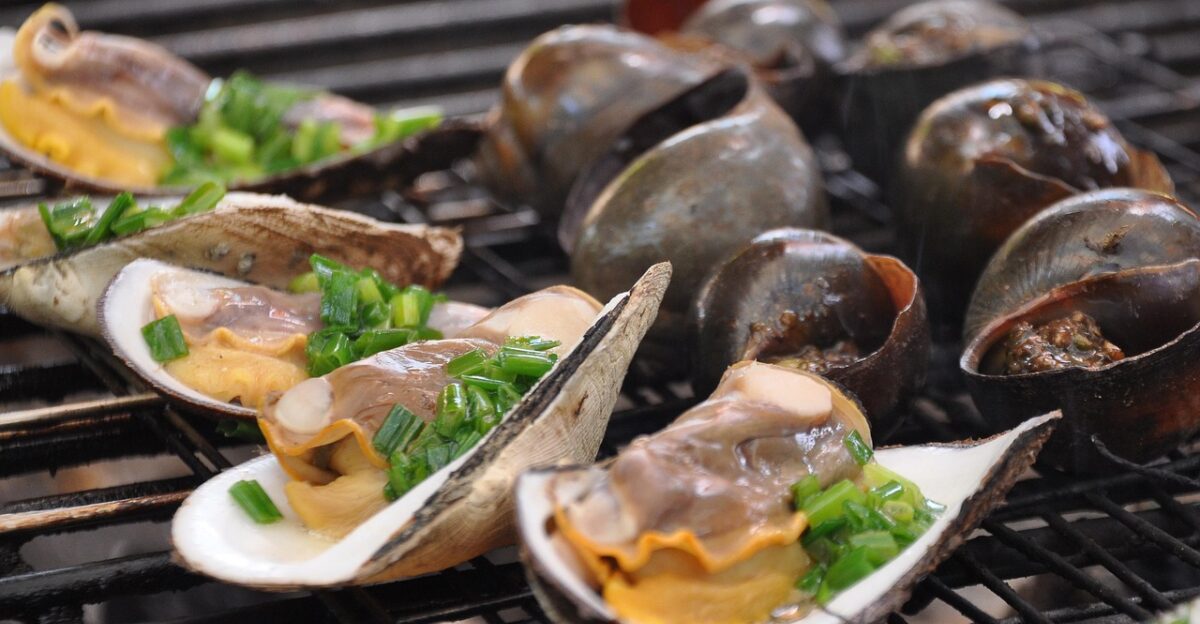
According to a CDC report, seafood is the number one cause of food-related illnesses at buffets. As tempting as the crab or shrimp cocktail may look, it might be best to avoid these options altogether.
Buffets often ignore the safe, consistent seafood temperatures needed for safe seafood consumption and can pose a health risk.
Chef Marcus Thompson said, “Once seafood dips below 40°F or above 140°F for more than two hours, you’re asking for trouble.”
8. Hollandaise Sauce
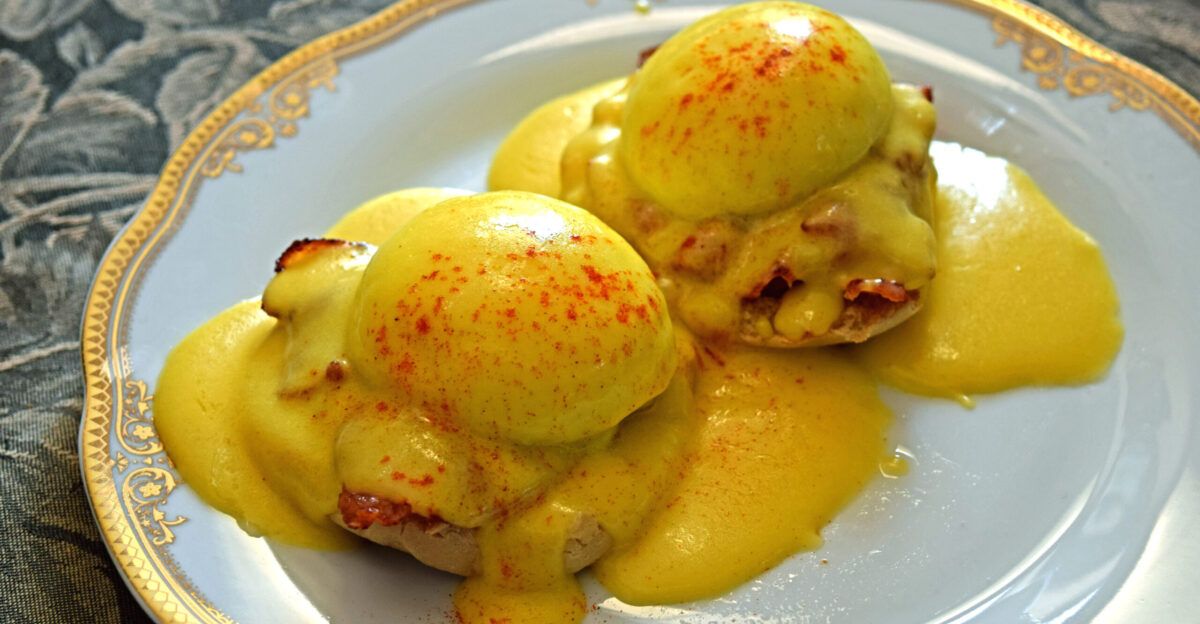
Chefs claim that this classic French sauce, which pairs well with asparagus and eggs, is best avoided at buffets. This sauce, which contains egg yolks, butter, and lemon juice, has a short shelf life and requires specific temperatures to remain safe for consumption.
Chef Natalie Gaffin, formerly of a major Vegas buffet, explained, “Most buffets don’t have the setup to hold Hollandaise properly. It breaks down fast, and that’s when bacteria loves it.”
If you spot Hollandaise sauce at your buffet, check the consistency first. If it looks oily or separated, that’s your sign to walk away.
7. Fresh-Sliced Melons
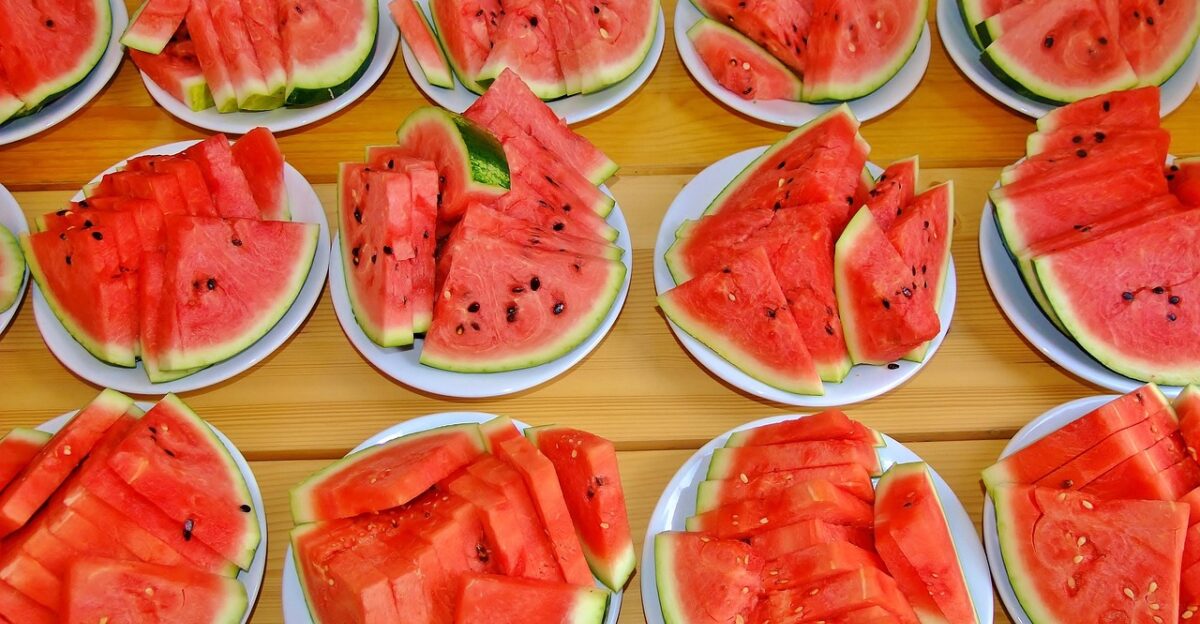
The fruit displays at buffets look incredibly tempting, and the variety of melons (watermelon, cantaloupe, honeydew) can seem like the refreshing palate cleanser you need. However, when left out, these melons can become breeding grounds for bacteria like Listeria or Salmonella.
Chef Nina Paul of Culinary Solutions Inc. said, “People forget that melon is a low-acid food, so it spoils fast once sliced”.
That doesn’t mean you should skip all fruit at the buffet. The safer options are bananas, oranges, or naturally acidic fruit like pineapple or citrus.
6. Salad Bar Items
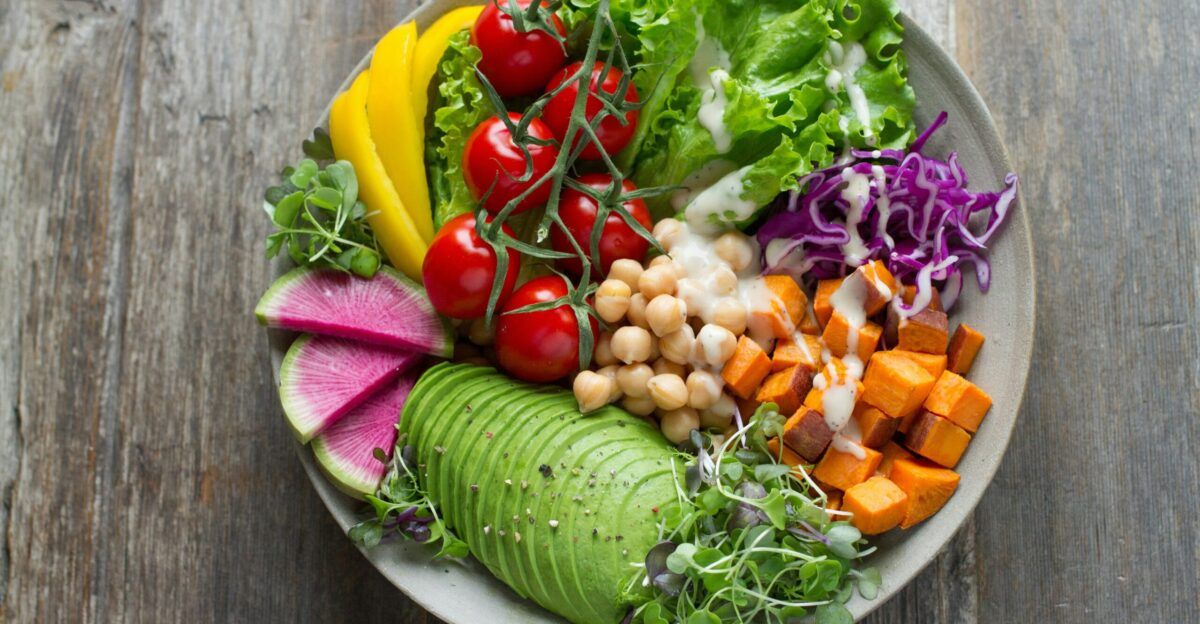
Many people gravitate toward the salad bar because it seems like a healthy option and a chance to incorporate some fibre into their diet. However, chefs warn that buffet salad bars are bacterial danger zones, as raw vegetables are susceptible to contamination from poor handling and washing.
According to a 2018 FDA report, buffet salad bars had the highest cross-contamination rate, which was caused by shared tongs and dressings.
Chef Liana Salo, who consults on hotel buffet hygiene, said “If you see wilting, brown edges, or overly moist lettuce, walk away”.
5. Anything Creamy and Unlabeled
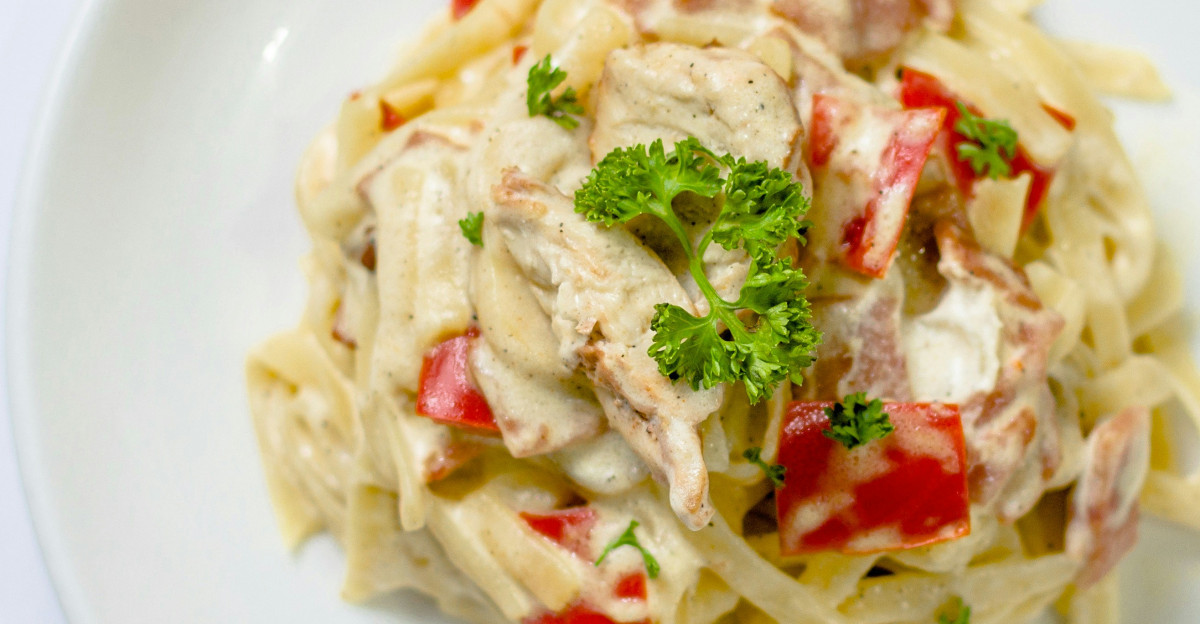
Comfort foods like pastas and casseroles are some of the more risky options at buffets. Chefs claim these dishes are generally made in bulk and reheated before being placed on serving trays for extended periods.
This can make your tuna casserole or chicken à la king an unpleasant surprise, falling apart easily and containing excess oil.
Chef Ryan Dorsey mentioned that these creamy concoctions are sometimes unlabelled and have ambiguous ingredients, which are not great for allergy-sensitive folk. Dorsey said, “You never know if there’s shellfish, gluten, or nuts hidden inside.”
4. Sushi
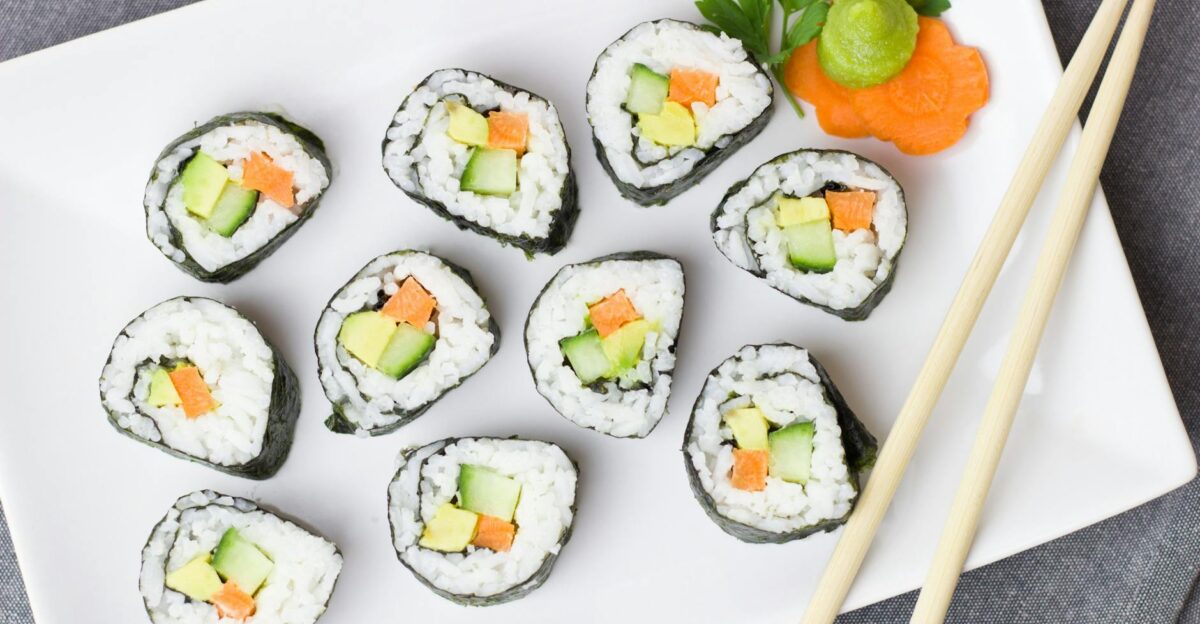
Raw, room-temperature fish sitting out for a while is never a good idea. Leave the sushi off your plate unless you’re at a high-end buffet!
Sushi is one of the riskiest buffet foods. A 2017 Food Safety Magazine survey revealed that 42% of buffet sushi stations held their rice at unsafe temperatures.
While the FDA has strict guidelines regarding safe temperatures for storing frozen fish, buffet staff often do not adhere to these rules.
3. Fried Foods
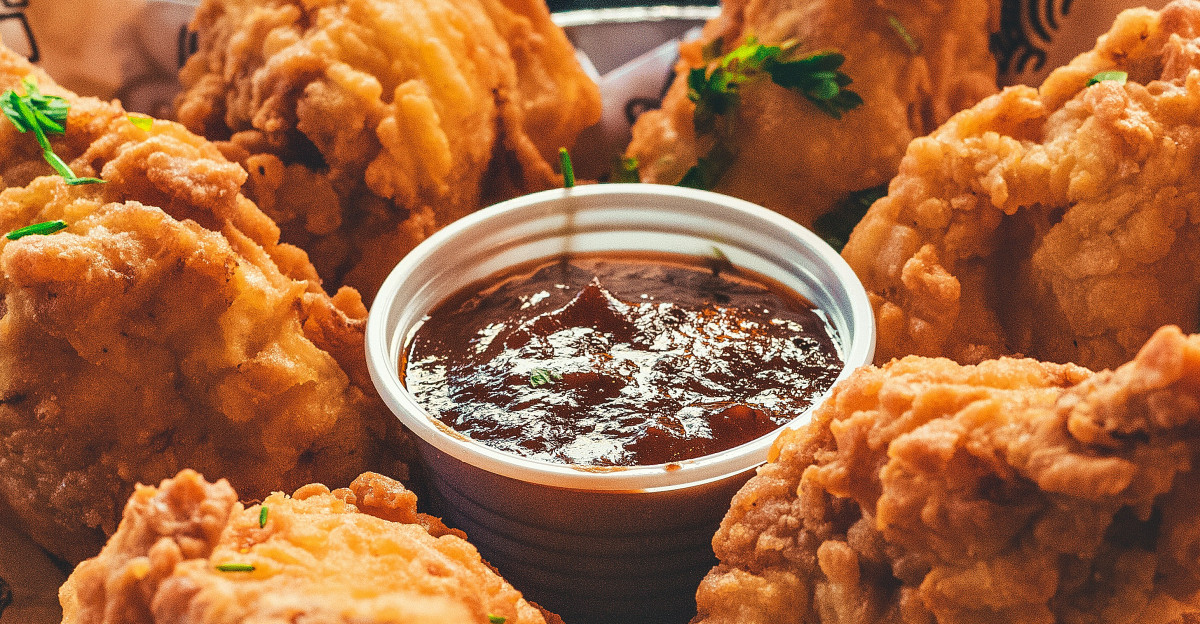
All that glistens isn’t gold. The same goes for fried foods that look “too good” at buffet stations. These onion rings, chicken, or fries may look appealing, but they are often refried, soggy, and oily.
Unchanged or reheated oil can cause carcinogenic compounds to form and become unsafe to consume.
Chef Darren Lee, who helped design buffet menus for two cruise lines, said, “If fried food is still crispy after sitting under a heat lamp for hours, it’s likely been double-fried or held with preservatives.”
2. Breaded or Saucy Meats
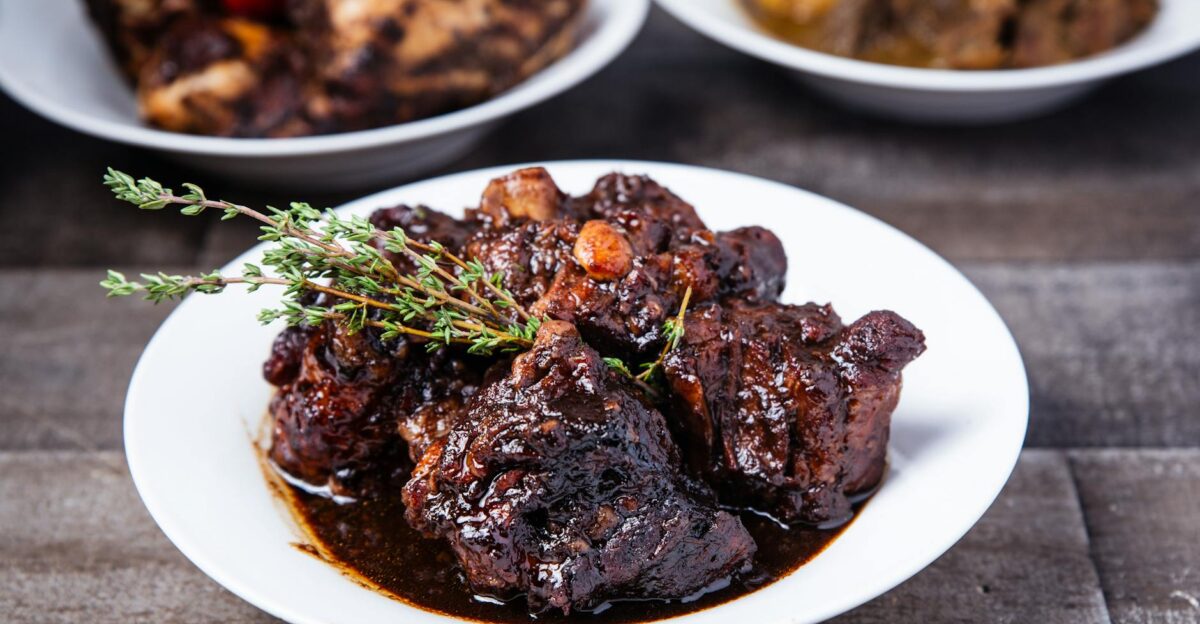
Saucy meats may look flavorful and appetizing, but chefs have revealed that over-saucing and breading are used to cover up low-quality or leftover meats.
Chef Gaffin said, “A lot of time, yesterday’s roast becomes today’s BBQ pork”.
Meat sauce that is congealed or forming a skin is a warning sign that the meat has been sitting out too long and should be avoided. The alternative is to go for meats that are plain roasted, carved, or grilled
1. Chocolate Fountain
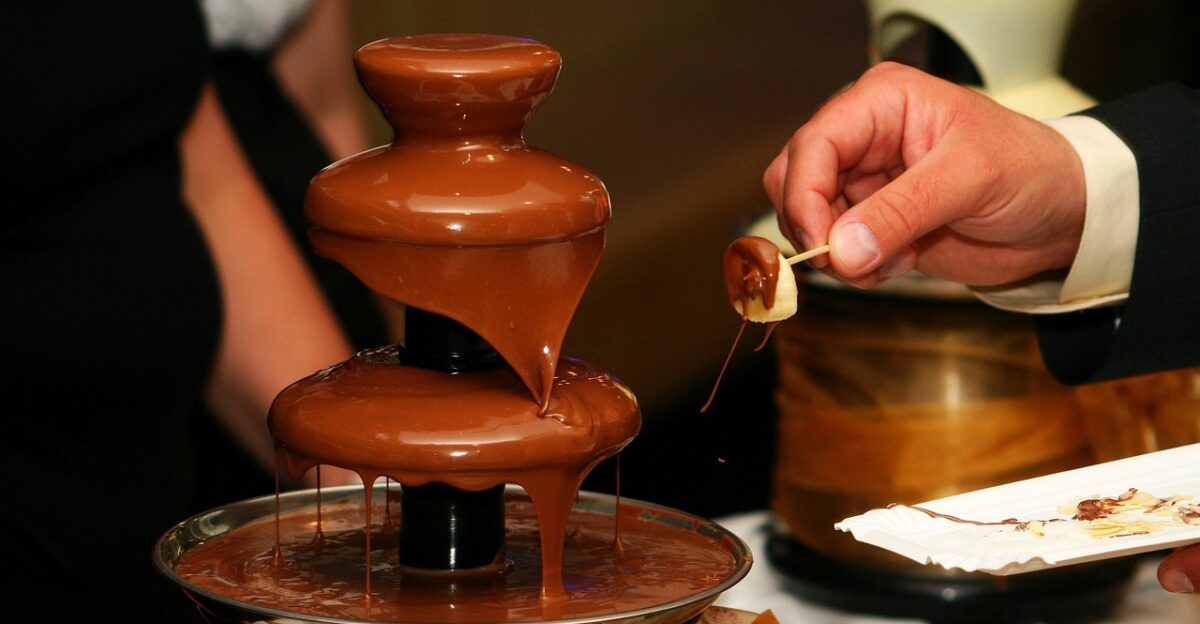
Chocolate fountains are delightful to see, but in reality, these flowing towers of chocolate are full of bacteria.
Warm chocolate sitting out in the open, combined with public use for double dipping, dropping, and touching, is a recipe for contamination and bacteria growth.
According to a 2016 food safety audit, chocolate fountains ranked among the dirtiest buffet features, with bacterial counts three times higher than those of cold dessert stations.
So if you’ve got a sweet tooth, choose the portioned desserts instead.
Conclusion
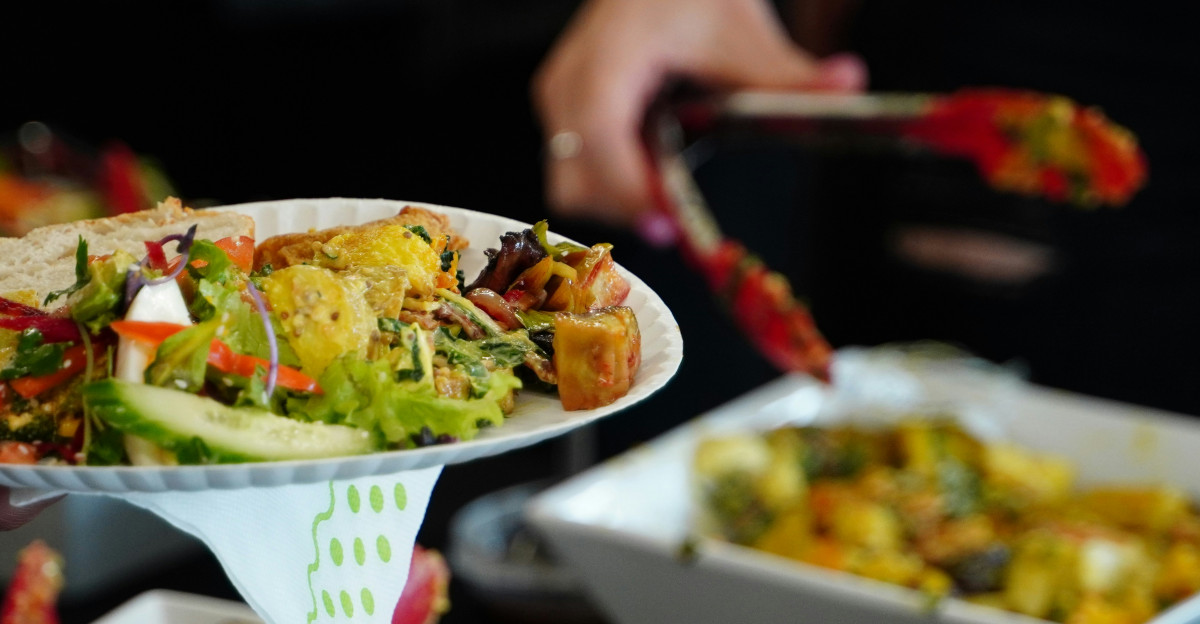
Buffets can be fun. They’re your chance to try new foods, indulge, and do it all at your leisure. However, to avoid feeling sick the next morning, you should avoid some things on this list.
Chef Ashley Mason said, “Don’t be afraid to be choosy. You’re not being difficult—you’re being smart.”
Be smart, check your food, and make the most of your next buffet without the risk.
